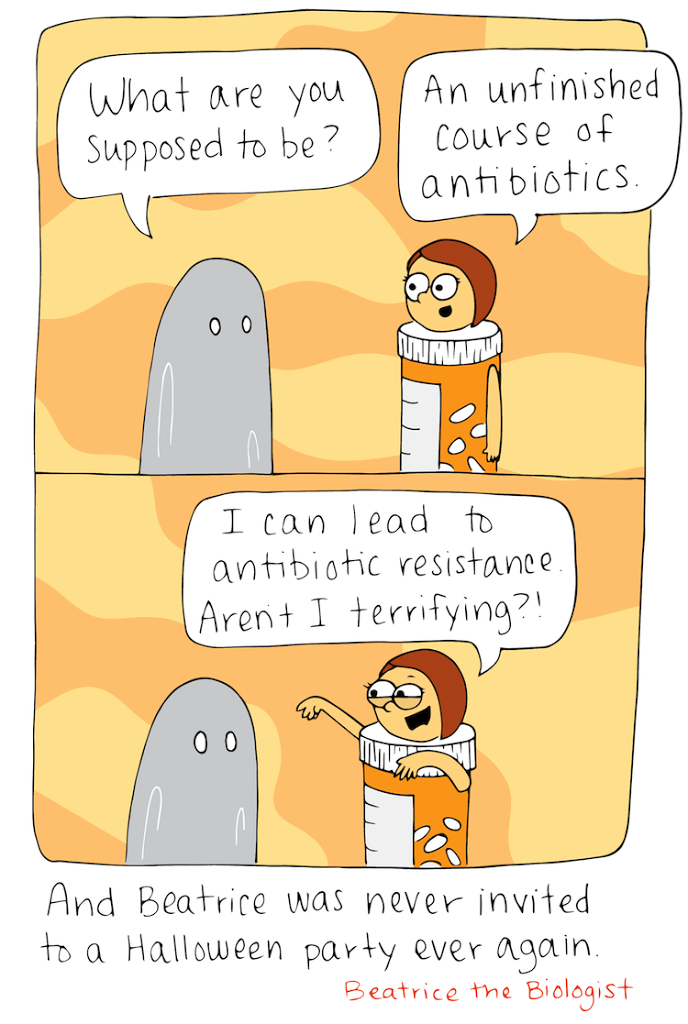Do you get carsick when you try to read in the car? It’s very annoying for someone who really likes to bury their nose in a book. There’s this time in the car going somewhere—maybe a couple of hours. Why waste that time just staring out the window, when you could be reading? But once you start reading, your stomach tells you, in no uncertain terms, that you’re going to be sick soon.
Why?
Well, it has to do with how your body interprets mixed messages. Your vestibular system in the ears is constantly telling your brain that you’re moving. At the same time, your eyes are looking at a book that isn’t moving. These mixed messages tell your brain that something’s wrong. And the only thing that leads to this kind of mixed messages—at least the only thing for many millions of years of evolution—is that you’ve been poisoned. The body’s reaction to thinking that it has swallowed something really nasty is to un-swallow it. You know, throwing up.
This doesn’t affect everyone to the same degree, which is just individual variation. Maybe you have genes that don’t get as upset about this. That’s good if you like reading in the car. But it doesn’t bode well if you inadvertently swallow some poison.



